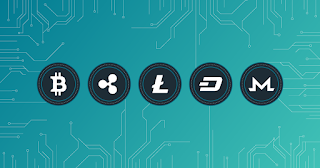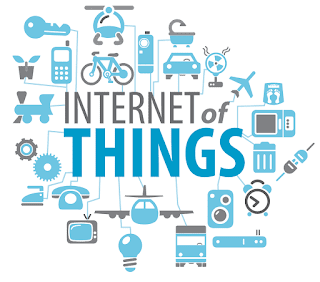What is Internet of Things (IoT) ?

Ø The phrase Internet of Things (IoT) was first coined in year 1999 by Kevin Ashton, cofounder and executive director of the Auto-ID Centre at MIT. Ø The concept is to connect all the devices through the internet, so they will be able to communicate with each other. This includes everything from cell phones, cameras, washing machine, lamps, tv, wearable devices and almost everything. (or) Ø The Internet of Things is a giant network of Physical devices, Vehicles, Buildings and so on embedded with electronics, software, sensors and network connectivity that enable these objects to collect and transmit data via the Internet. It has not only the potential t...





